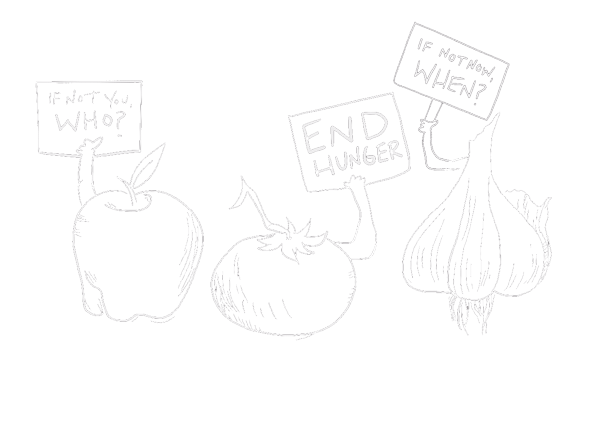Feeding America Study Released Today Reveals More Than 100,000 Children are Experiencing Food Insecurity in San Diego County
The annual Map the Meal Gap study shows a rise in food insecurity in the overall San Diego population over the last year
Child food insecurity affects every county in the United States, with just over 100,000 children experiencing food insecurity in San Diego County, according to Feeding America’s annual Map the Meal Gap study. The study, which comprised data from 2023, also shows that nearly 400,000 San Diegans are facing food insecurity—a startling increase of nearly 10% from the previous year. Feeding San Diego is part of the Feeding America nationwide network of more than 200 food banks, 22 statewide food bank associations, and 60,000 agency partners, food pantries, and meal programs.
Now in its 15th year, Map the Meal Gap is the only study that provides local-level estimates of food insecurity and food costs for every county and congressional district. The study builds upon USDA’s most recent national and state data report, which showed 47 million people, including 14 million children, experienced food insecurity in 2023, the highest rate in over a decade. Map the Meal Gap emphasizes the need for the public to join the movement to end hunger.
“Our organization has been acutely aware that childhood hunger is a serious issue throughout the county. That’s why we are working to grow our School Pantry Program, which provides nutritious groceries to parents at Title I K-12 schools throughout the county,” said Bob Kamensky, CEO of Feeding San Diego. “Hunger remains an urgent crisis in San Diego County. With the threat of significant cuts and sweeping structural changes to federal nutrition assistance programs, we need to reinforce the social safety net programs that Feeding San Diego provides in partnership with schools, faith-based organizations, and other non-profits underpinned by our private donor base. We must remain focused and united to create a future where everyone, including children, can access the nutritious food they need to thrive.”
Food insecurity impacts communities in every county and congressional district in the U.S. People from all backgrounds and demographics experience it, but disparities exist. Estimated food insecurity levels vary across the country, influenced by income-related factors like unemployment, poverty, high cost of living, community- and health-related factors, and systemic barriers to opportunity that have created disparities in food insecurity.
Key local findings of this year’s Map the Meal Gap include:
- In California, food insecurity among all individuals ranges from a low of 6.6% in San Mateo County to a high of 21.6% in Imperial County. In San Diego County, it’s 12%. This is up from 10.9% in 2022. Throughout the state, over 5.3 million people are experiencing food insecurity.
- In San Diego County, available data by race/ethnicity shows that 9% of white individuals, 26% of Black individuals, and 20% of Latino individuals experienced food insecurity in 2023.
- Nationally, more than 2 out of 5 people facing hunger may not qualify for SNAP benefits due to income limits. Here in San Diego County, 43.7% of people facing hunger may not qualify for SNAP and 40% of children facing hunger may not qualify for free or reduced-price meals.
The Map the Meal Gap study is supported by Conagra Brands Foundation, Enterprise Mobility Foundation, and NielsenIQ/NIQ. Additional key takeaways from the report can be found on the Map the Meal Gap website along with an interactive map that details food insecurity by geography, income, race and ethnicity.
Map the Meal Gap uses publicly available data from USDA Economic Research Service, U.S. Census Bureau and Bureau of Labor Statistics to estimate local food insecurity at the county, congressional district and state levels. The study also estimates local meal costs and food budget shortfalls using food price data from NIQ, based on USDA’s Thrifty Food Plan, and grocery sales tax data for every county and state in the country.
Visit an interactive map at FeedingAmerica.org/MaptheMealGap. For more information about Feeding San Diego and how to help end hunger in San Diego County, visit feedingsandiego.org.








